1. Root Cellars

Long before refrigeration, root cellars were essential for storing perishables. These cool, dark rooms, often dug underground, kept vegetables, fruits, and other foods fresh throughout the year. Although effective, root cellars have become a rarity, with modern pantries and fridges taking their place.
Some of the more quirky and unique home features from past eras have largely disappeared. These unusual design choices once served practical purposes or simply reflected the tastes and lifestyles of the time but are rarely seen in modern homes.
2. Built-In Phone Niches
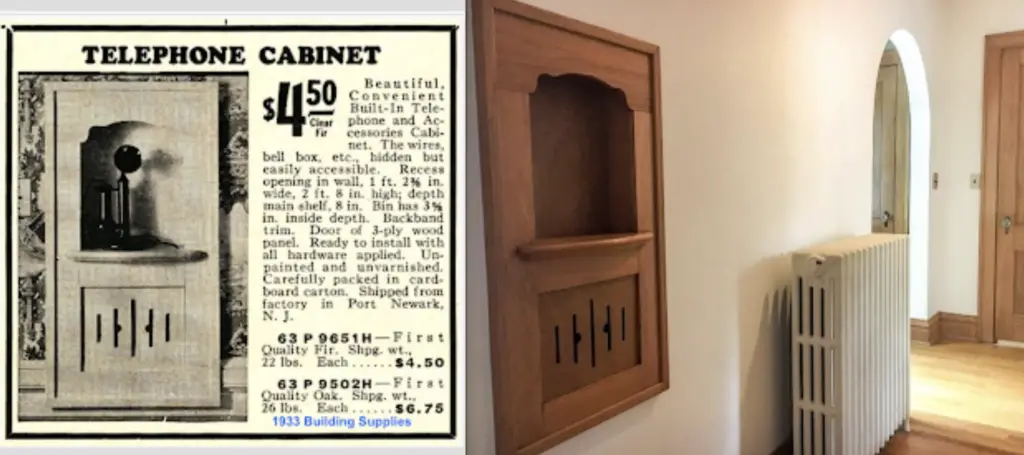
These small, recessed spaces in hallways or near the kitchen were specifically designed to hold a home telephone. Complete with a little shelf and often a seat or stool nearby, these niches allowed for comfortable conversation. Now that everyone has a phone in their pocket, phone niches have been left in the past.
3. Dumbwaiters
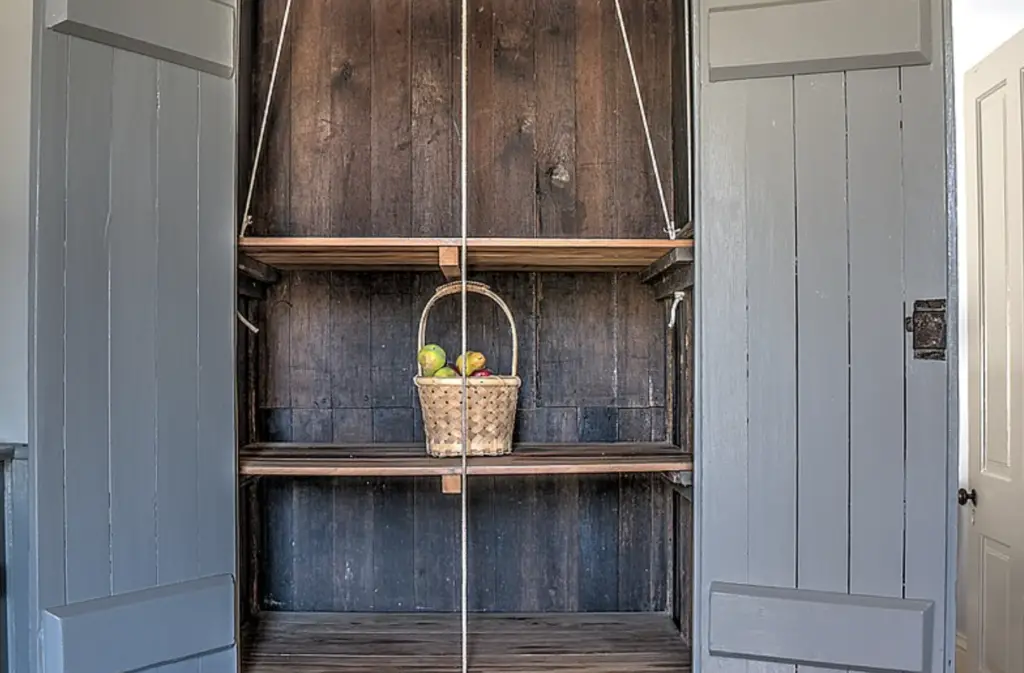
A dumbwaiter is a mini elevator that helped people transport food, laundry, or other items between floors without needing to carry them. Popular in large homes and townhouses in the 19th and early 20th centuries, dumbwaiters faded away as houses got smaller and electric elevators became more common.
4. Milk Doors
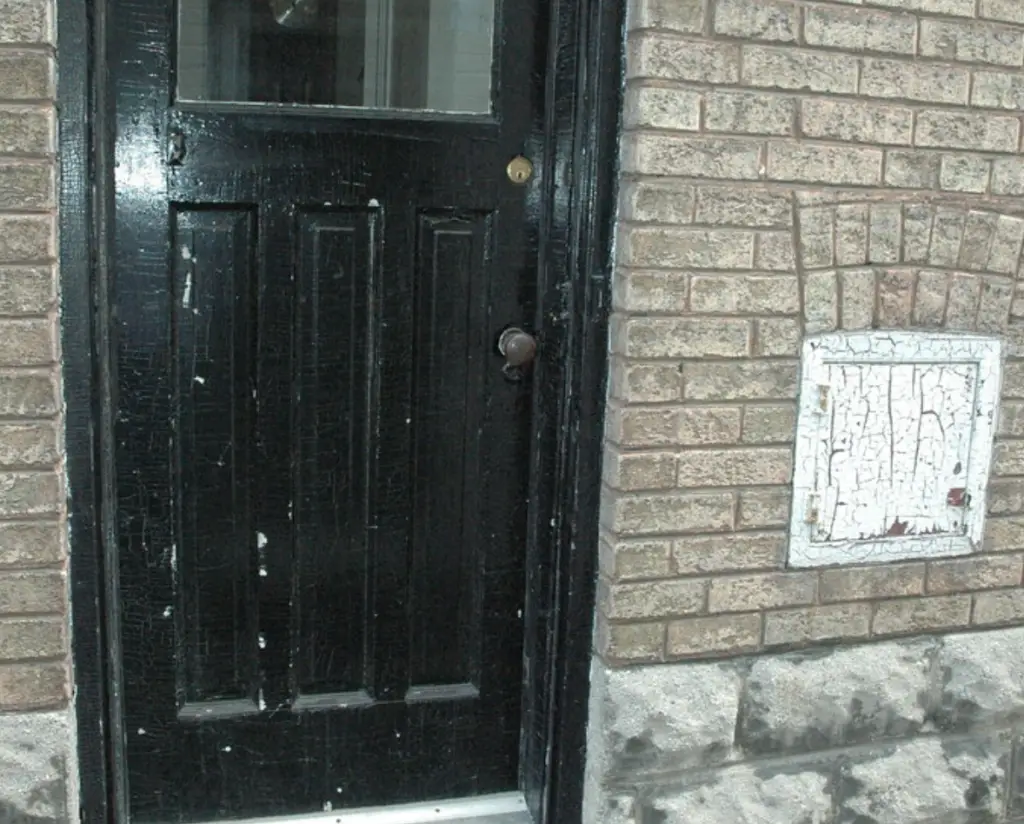
A small, insulated compartment with doors on both the inside and outside of the house, the milk door was where milkmen would place deliveries. It kept milk safe and cool and allowed homeowners to retrieve it without stepping outside. With the end of daily milk delivery, these charming little doors have become obsolete.
5. Pocket Bathrooms
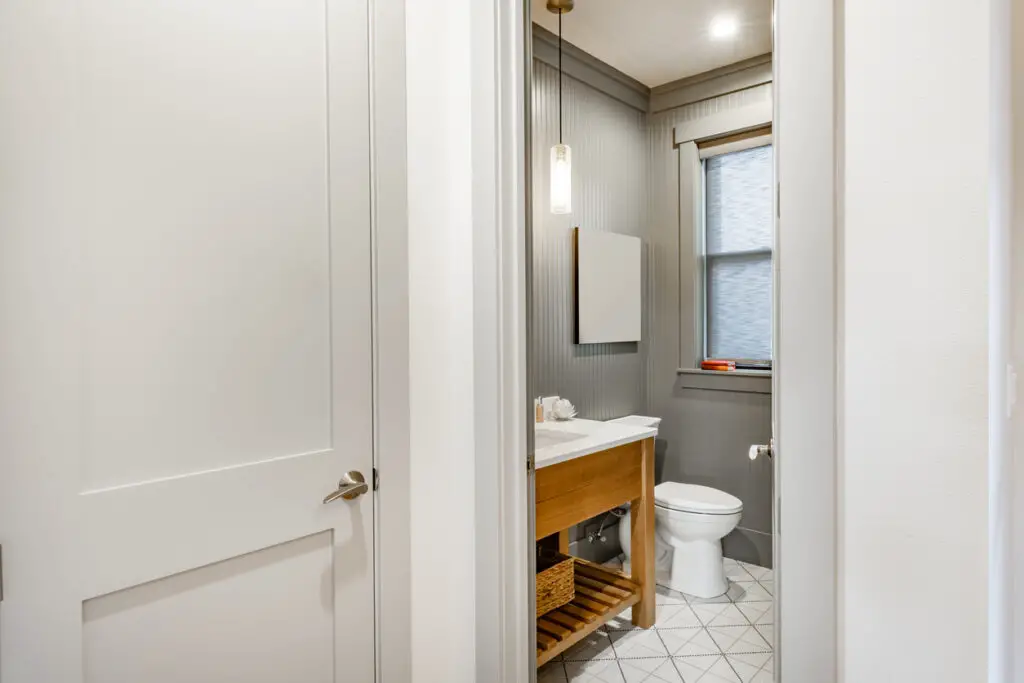
In early 20th-century homes, pocket bathrooms (also called powder rooms) were small, closet-sized restrooms near the main entry. These served as a quick stop for guests without intruding into the private parts of the home. While powder rooms still exist, they’re no longer tucked away like they once were.
6. Parlor Rooms
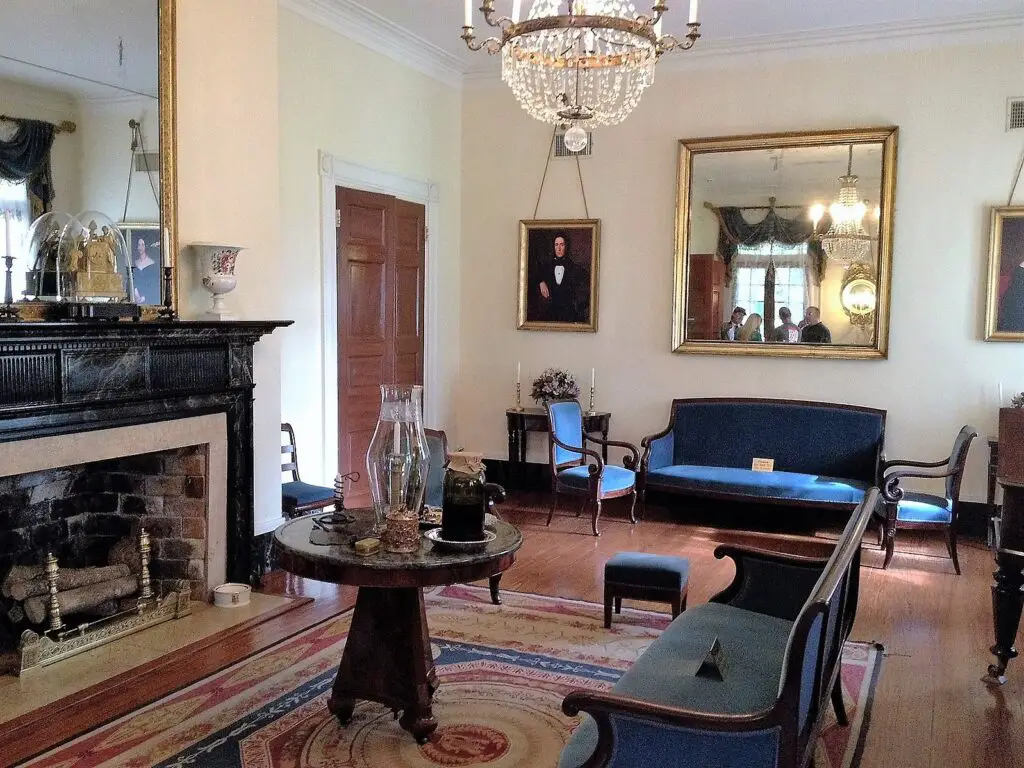
The parlor was once a formal room designated for receiving guests, complete with high-end furniture and decor. It was separate from the family’s everyday living space, meant only for special occasions. Today, open floor plans and casual living spaces have taken over, making parlors a relic of the past.
7. Coal Chutes

Many old homes have little doors or chutes where coal deliveries were dumped to be used in a coal-burning stove or furnace. The chute fed directly into the basement or a storage room. While the chutes remain in some historic homes, they’re largely a remnant of pre-electricity heating.
8. Radiator Shelves

Old-fashioned radiators were often topped with custom shelves that provided extra surface space, sometimes used for warming small items in the winter. Though still functional in some vintage homes, they’re far less common today, especially with central heating becoming the norm.
9. Butteries or Butlers’ Pantries
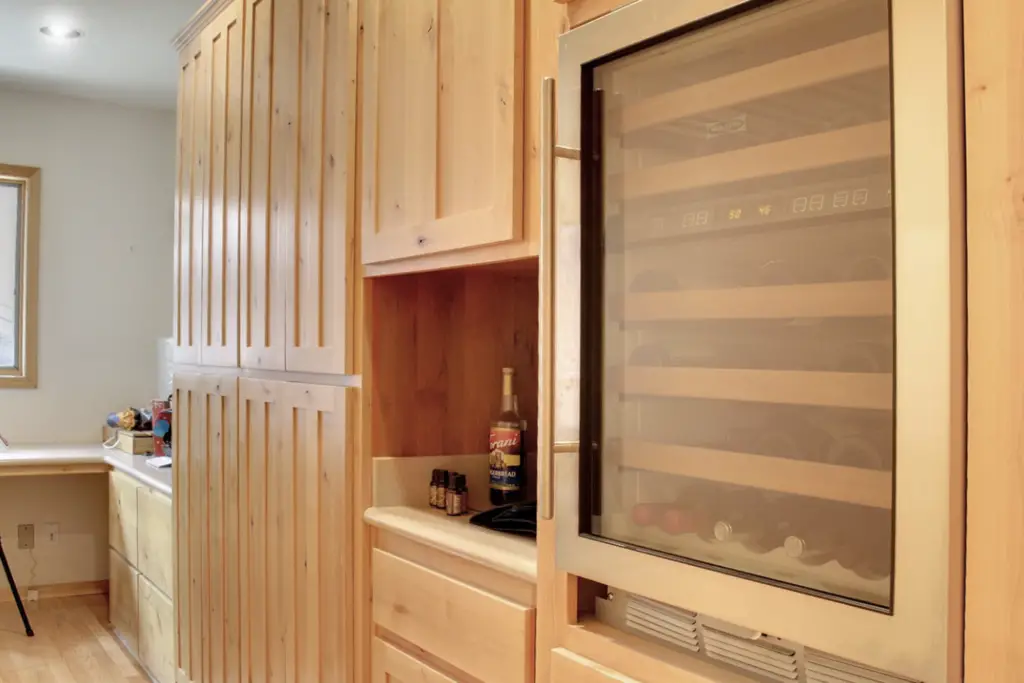
In larger homes, butler’s pantries were small rooms between the kitchen and dining room that stored silverware, china, and linens. Often used by household staff, these spaces allowed for meal prep out of sight. With smaller homes and open kitchens, this feature has mostly disappeared.
10. Servants’ Bells or Buzzers

In upscale homes, a bell or buzzer system was installed to allow residents to summon household staff from other rooms. Often placed discreetly in the floor near the dining table or elsewhere, these buzzers would call the staff. Today, this detail is rare, though some historic homes retain these fixtures as curiosities.
11. Sleeping Porches

In warmer climates, sleeping porches were screened-in outdoor spaces attached to the house, allowing for a cooler, breezier sleep before air conditioning existed. Though incredibly practical, these porches have mostly been converted into sunrooms or simply enclosed for additional interior space.
12. Push-Button Light Switches
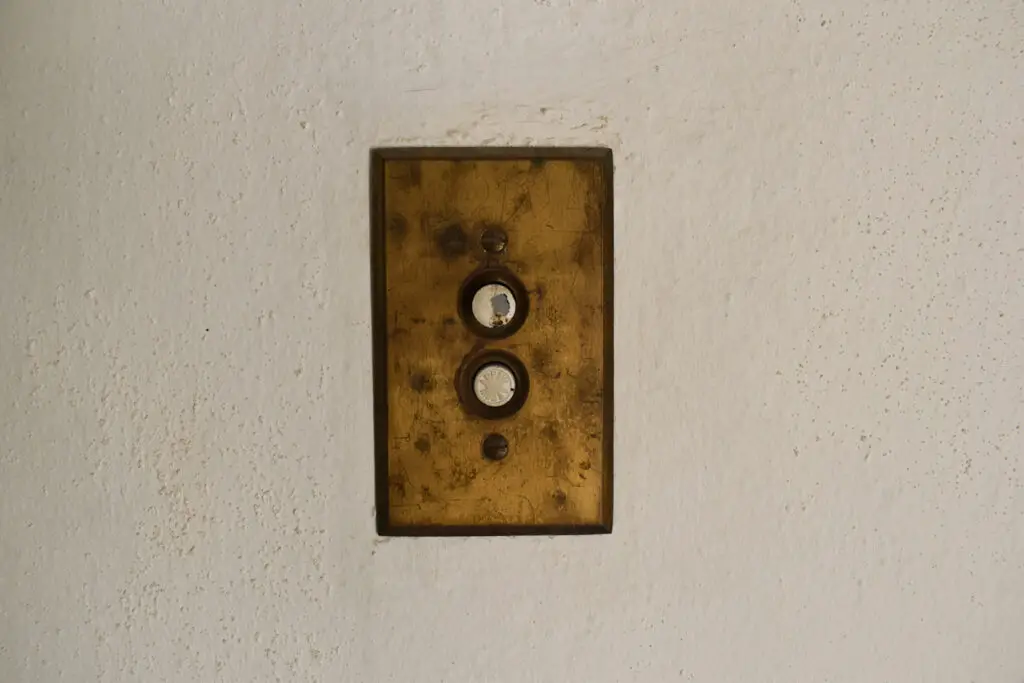
Early 20th-century homes often had push-button light switches, which involved pressing a button rather than flipping a switch. Although stylish and still available for vintage homes, push-button switches were replaced by the more modern toggle switch over time.
13. Transom Windows

Often seen above interior doors in older homes, transom windows allowed for air circulation while maintaining privacy when doors were closed. Before air conditioning, this feature helped keep rooms cool. While they’re still functional, most modern homes rely on central air instead.
14. Rotary Clotheslines

These large, umbrella-shaped clotheslines, also known as rotary lines, could be spun around to hang multiple items outdoors. Although eco-friendly and effective, they’ve fallen out of favor as automatic dryers became standard.
15. Kitchen Pass-Through Windows
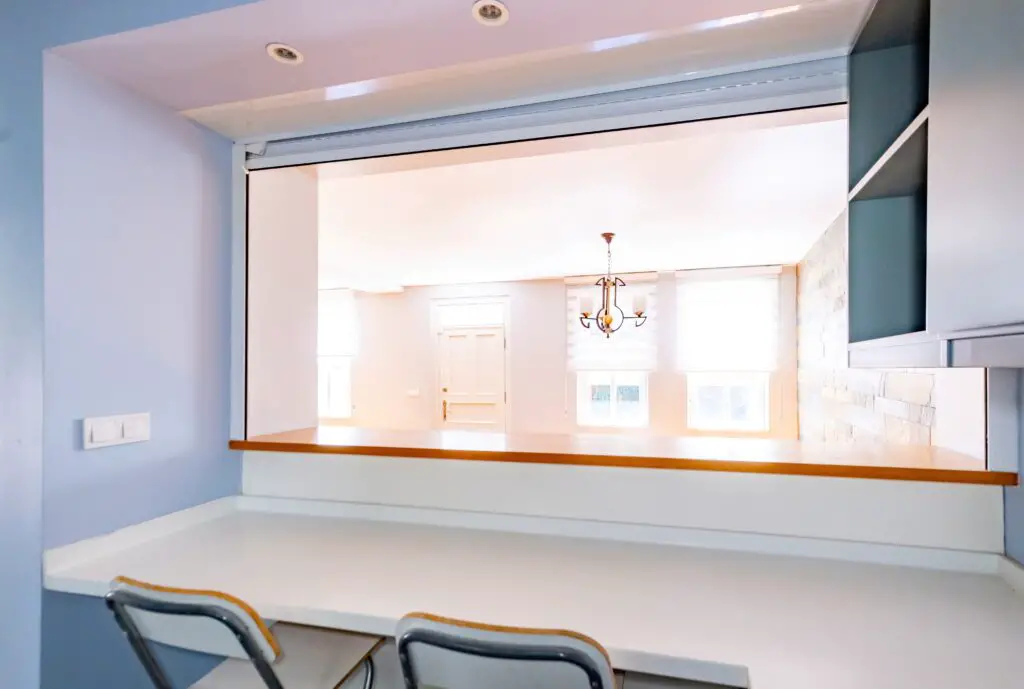
A kitchen pass-through is a small window connecting the kitchen and dining room, allowing dishes to be passed through without the need to walk around. This was a staple in many mid-century homes but has since been replaced by open kitchen designs.
These lost home features provide a fascinating glimpse into how people lived and organized their spaces in previous generations. Although many have been left behind, some are making comebacks in historic renovations or modern designs that embrace vintage charm.
